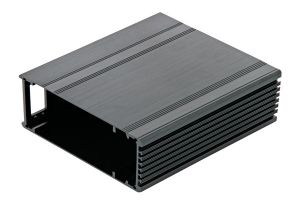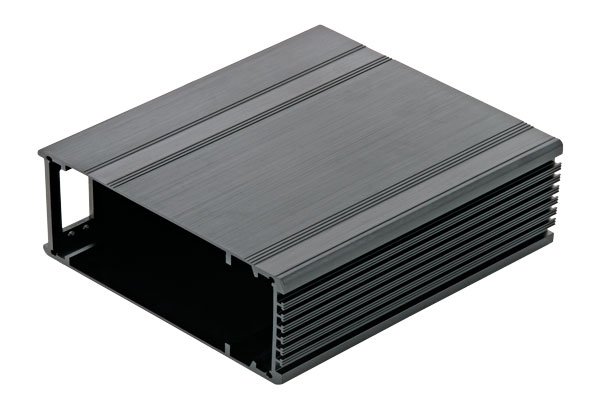
At the beginning of the 20th century, Chinese citizens began to use electrical appliances on a large scale. It can be said that electrical appliances are already a very common thing. However, although the popularity of electrical appliances has brought us a lot of convenience, it also brought us. Dangerous. In recent years, more and more news broke out that electrical appliances exploded due to poor heat dissipation during use. Such news abounds. So in today’s article we will take LED lights as an example. Gao Industry will tell you about the heat dissipation of electrical appliances!
1. LEDs are like all electronic parts. They will generate heat and temperature rise during use or operation. If the heat dissipation problem is ignored, the LED will burn out early due to high temperature.
2. Due to the development of high-power LED technology, LED lamps are facing severe challenges in thermal management and heat dissipation design, because the increase in temperature will not only reduce the brightness, but also accelerate the lamp body and packaging materials when the temperature exceeds 100 degrees Celsius. The deterioration. Therefore, in addition to the heat dissipation technology of the LED package component itself, the heat sink of the LED lamp is the biggest key to maintaining the life of the lamp.

Then the selection of LED radiator is very important. Let’s take a look at the selection of LED radiator.
(1) Plastic
The poor heat resistance of LED lamps is well known and will inevitably bring about the problem of wick life, but the plastic materials are very passive heat dissipation, and most of them are air-cooled or even enclosed. For example, some lamps need to add a plastic sleeve between the driver board and the aluminum heat sink to increase the reliability of the insulation, and also need to be filled with heat dissipation silica gel to improve the heat dissipation capacity. Generally, the internal temperature of this type of lamp will be seventy to eighty degrees. And if the heat dissipation is taken into account, weight is a problem; if the weight is taken into consideration, heat dissipation is difficult to guarantee. In this existing design, it is two difficult choices, and there is no feasible standard. And the price of plastic will be more expensive, so plastic is not suitable for LED lights
(2) Aluminum alloy
Aluminum alloy is recognized as a good heat dissipation material in the production of LED lamps. One is its good heat dissipation coefficient, and the other is its price. Aluminum alloy has good thermal conductivity, which can help LED lights to dissipate heat well. And the aluminum alloy material has the characteristics of light weight, which is easy to install and transport. When the heat dissipation is the same, its weight is only one-eleventh of cast iron radiators, one-sixth of steel radiators, and one-third of copper radiators.